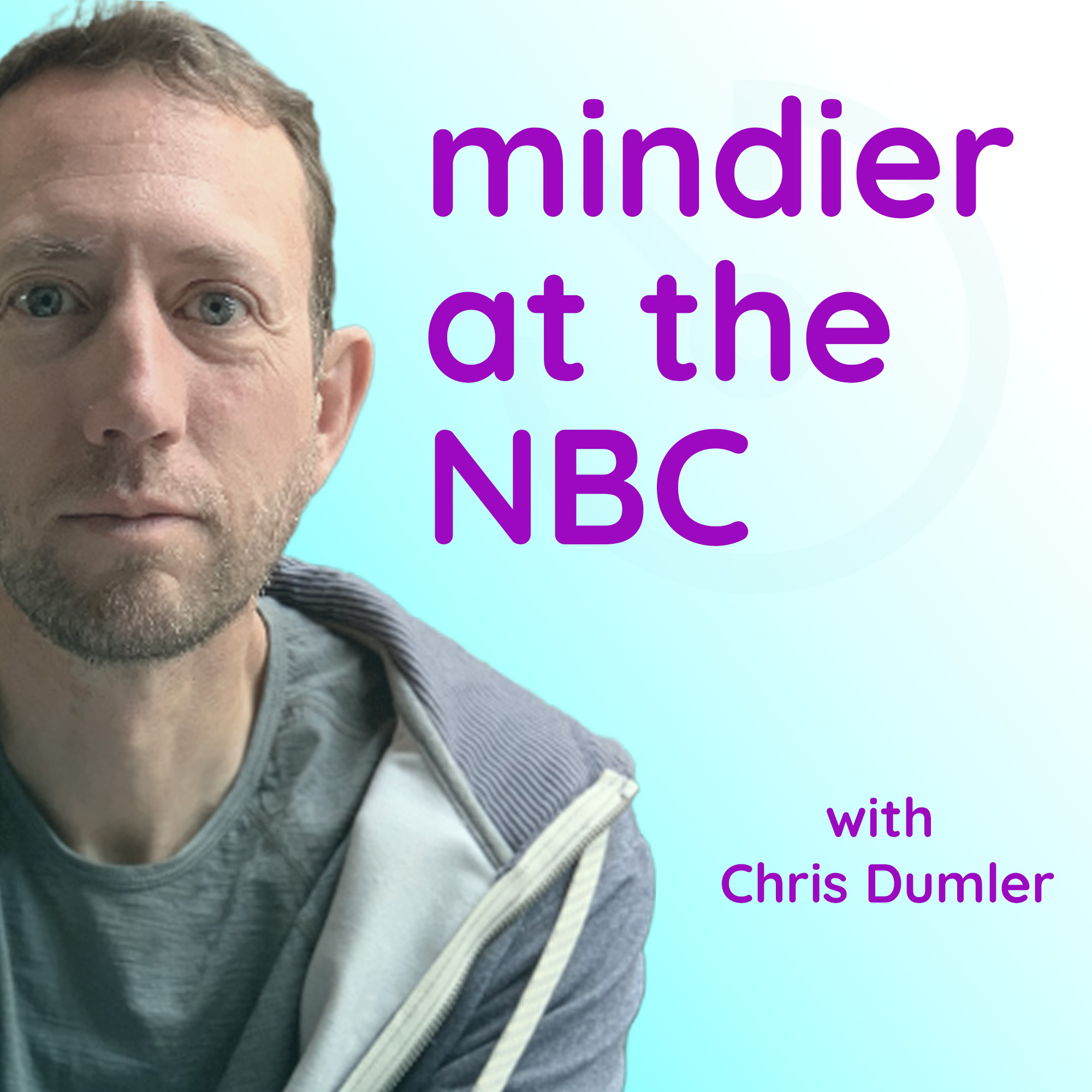Guided meditation: Feel In
The Feel In technique. In this guided meditation we explore emotional body-type sensations. I sometimes think of the inner system as being a bit wild. Our "inner wild". Becoming familiar with this side of experience in a non-judgemental way, without the need to psycho-analyze, resist, or condemn can lead to deeper insights into ourselves as a sensory system. It also serves as a critical mechanism for skillfully intercepting emotionally-driven behavioral reactions (ex: I feel agitated in a conversation and then snap at someone).
Transcript
So I thought we'd do a little intentional exploration of the inner side of feel.
Speaker:So we tend to categorize in unified mindfulness, the sensory experience
Speaker:into three categories see here and feel, and each of these have
Speaker:an inner and an outer component.
Speaker:And feel in can be a little bit different to work with.
Speaker:It's the most different of the three in that we're talking
Speaker:about something that can be.
Speaker:Unfamiliar pretty unfamiliar, uh, in the form of emotional body type sensation.
Speaker:So typically we can recognize emotions and sometimes they appear in the
Speaker:head and sometimes they have a body type of reflection or response.
Speaker:Those can all be represented in the body in different ways.
Speaker:So.
Speaker:Being able to tune in and pay attention to those emotions, uh, to detect them,
Speaker:but also to explore them in a way to increase the familiarity around them.
Speaker:We start to stretch our skillset to some degree.
Speaker:So in a technique, like feel in the focus range is the inner side of body,
Speaker:emotional body, and anything that would be outside, uh, of that, like a sight
Speaker:or sound mental talk, mental image that would be considered out of range.
Speaker:So today we're gonna focus on the "feel in" side.
Speaker:So that's the range and the technique is going to be recognizing
Speaker:any type of emotional body sensation, acknowledging that,
Speaker:and then we'll use noting and labeling.
Speaker:So noting is the acknowledgement.
Speaker:Yes, I recognize there is something here, emotional in flavor.
Speaker:And maybe I will call it curiosity or, um, agitation or whatever you
Speaker:want your palette of, of vocabulary.
Speaker:However, it fits onto that emotion, uh, and you can label
Speaker:it using the label "feel".
Speaker:And then we continue to either recognize that same emotion.
Speaker:We go through that process again.
Speaker:Or we let that go and look for some new, emotional type sensation.
Speaker:Like a standard appreciation technique, if there is generally no activity or low
Speaker:activity, so I'm looking for something emotional and I don't detect it, we'll
Speaker:recognize that as "restful" and we can note and explore the restfulness, the
Speaker:absence or generally low activity of any kind of emotional sensation in the feel in
Speaker:space and apply the label "rest" to that.
Speaker:So we can continue to soak in the rest that we detect, if there's low
Speaker:activity and anytime we detect some activity, we can apply the label "feel".
Speaker:So it's either feel, or rest are two labels for this as options.
Speaker:And so let's give it a shot.
Speaker:Assume a posture, give yourself a stretch.
Speaker:You might stretch the shoulders, the arms, and then relax them.
Speaker:You might relax the muscles around the face and you might take a couple of deep
Speaker:breaths just to get into meditation mode.
Speaker:And now bring the attention to the body, specifically the inner side of the body,
Speaker:this emotional type body experience.
Speaker:And let's see if we can detect anything that we might
Speaker:consider emotional in nature.
Speaker:So common places to look might be to start with the face.
Speaker:You might explore the chest, the stomach, but emotions can be anywhere.
Speaker:You can jump around in your search, or you can be methodical about it.
Speaker:Maybe starting at the head, body sweeping downward towards the feet.
Speaker:Give that a try.
Speaker:If you come across something that might be emotional in nature,
Speaker:acknowledge it, and then apply the label "feel" if you'd like to.
Speaker:If you detect relatively low activity in one of these areas that you're looking
Speaker:for, you might acknowledge that as well.
Speaker:You can apply the label "rest" if that's the case.
Speaker:So, if I were to demonstrate what this might sound like, applying labels,
Speaker:let's say I am doing a light body sweep, looking for emotional sensations.
Speaker:I detect something that might be emotional in nature.
Speaker:I might let my attention linger on that for a moment.
Speaker:Maybe explore qualities like intensity size, shape location,
Speaker:and then I'd apply the label feel.
Speaker:And then I would move on or stay with that same sensation and explore it.
Speaker:We've got options.
Speaker:Continue to explore emotional body sensation and note to either feel or rest.
Speaker:If you experience mental talk or sights or sounds those would
Speaker:be considered out of range.
Speaker:So we can just put those in the background.
Speaker:Don't have to stop them.
Speaker:Not suppressing anything, just allowing it to be in the background while we turn the
Speaker:attention towards the inner feel space.
Speaker:And as sort of a default, if something is a little bit uncertain where.
Speaker:It might be emotional body, or it might be physical body.
Speaker:We're gonna default to physical body on that one.
Speaker:So if you're not sure it's not inner emotional and you can return
Speaker:to searching for inner, emotional.
Speaker:By keeping the attention in a focus range in this case, the feel in space,
Speaker:the inner feel space, we're developing concentration, allowing our attention
Speaker:be directed in a way that we intend.
Speaker:And by recognizing something as emotional.
Speaker:or as restful or as not emotional or restful, that's
Speaker:developing the sensory clarity.
Speaker:Developing concentration in this way is known to increase relaxation.
Speaker:Also improves attention.
Speaker:And working the sensory clarity skill like this helps us develop insight.
Speaker:We learn more about ourselves as a system
Speaker:And allowing any of the experiences to happen, pleasant, unpleasant, neutral,
Speaker:both, welcoming and allowing what I call the "inner wild", our inner
Speaker:wild, that's developing equanimity.
Speaker:This can be really helpful as we start to build relationships with our experience.
Speaker:And that helps us take better action.
Speaker:We can recognize experiences as they occur or try to as close to as they occur.
Speaker:And then rather than react, we can choose to skillfully respond.
Speaker:This reduces suffering.
Speaker:So one more minute here, just continue to explore inner feel.
Speaker:As we draw this meditation to a close, see if you can carry any of the positive
Speaker:affect into the day and anything that was maybe less pleasant see if we
Speaker:can greet that with some acceptance

